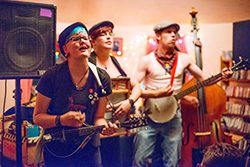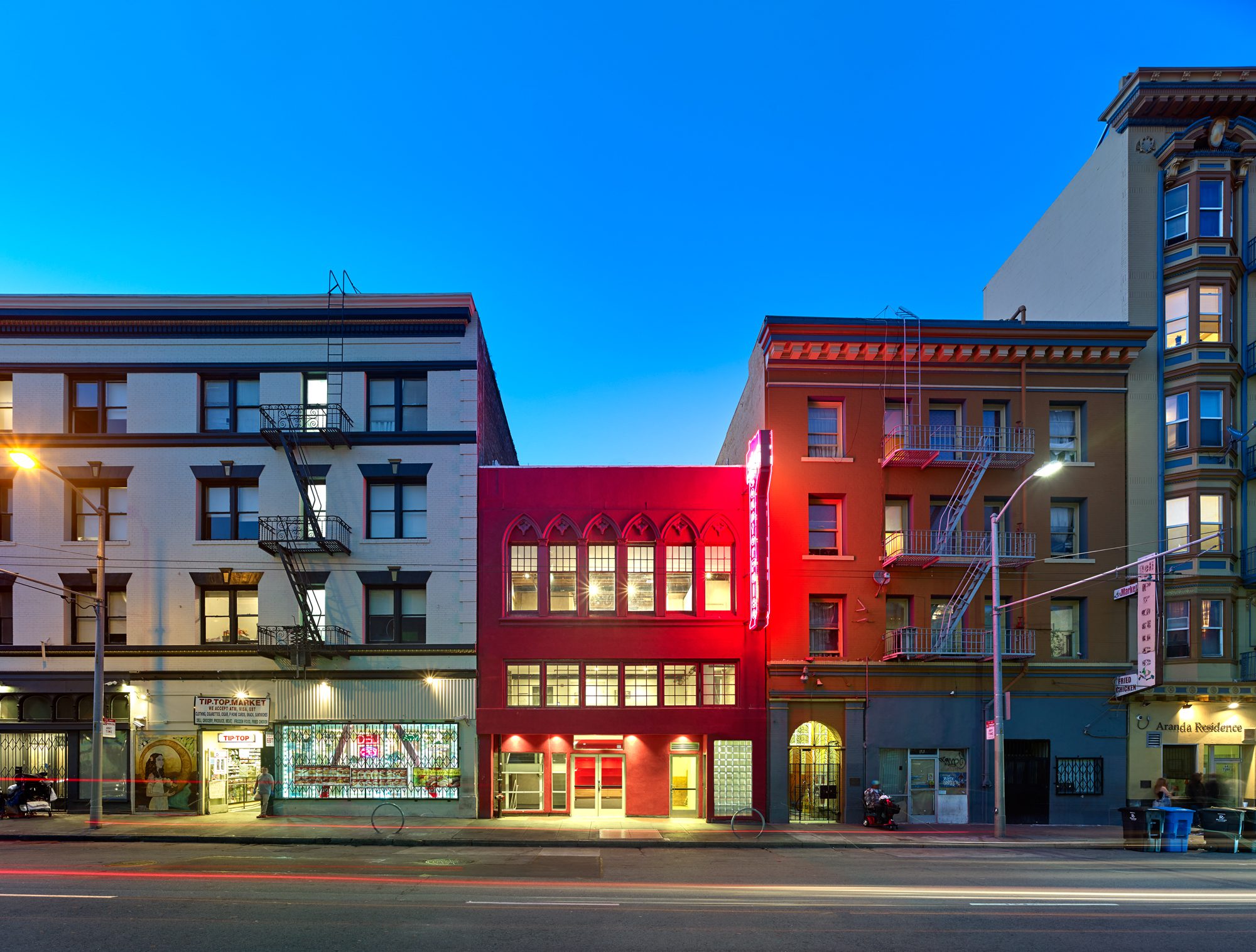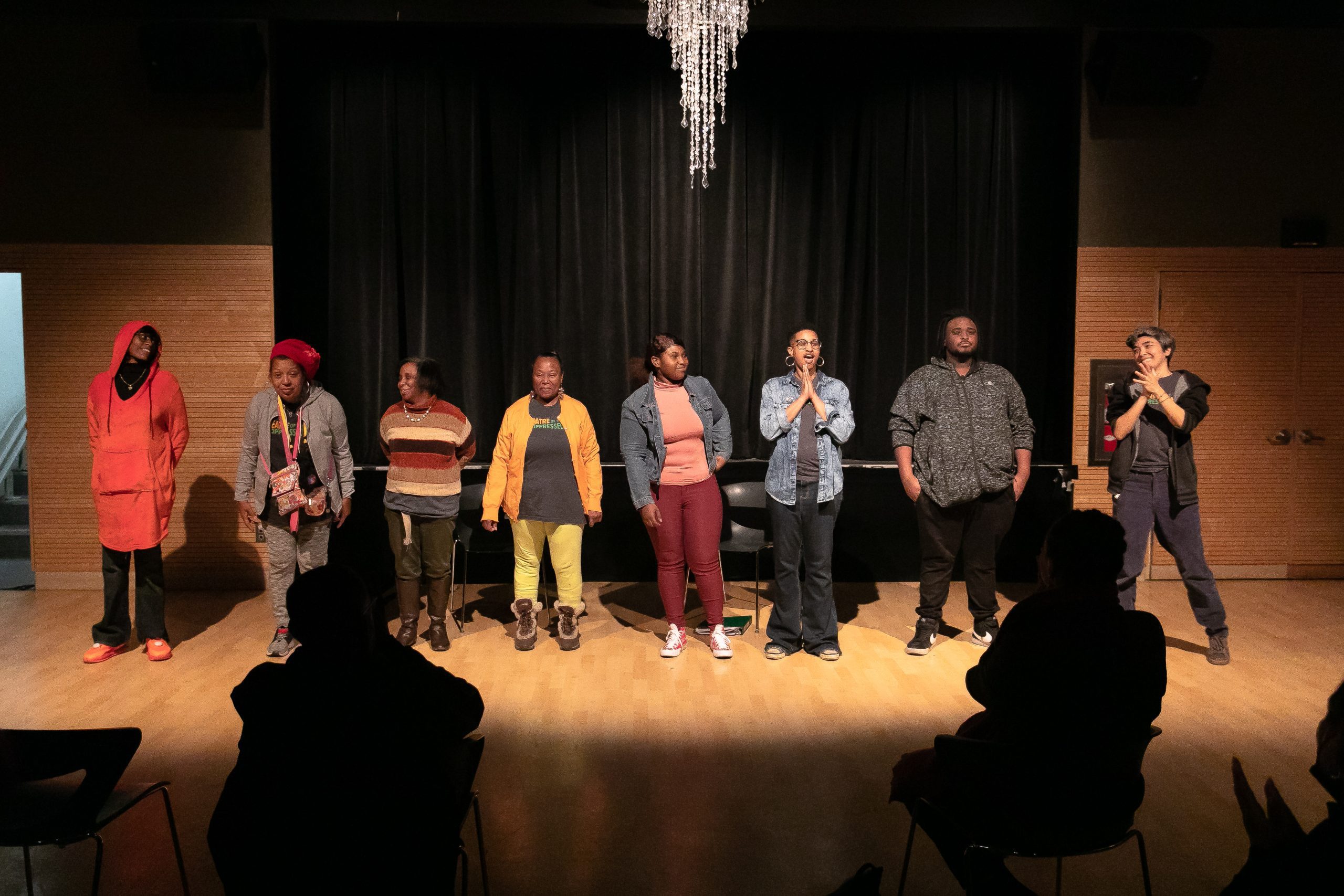
2016 has been an awful year, but Ghost Ship has hit my community of queers, artists, and others on the margin particularly hard because it could so easily have been any of us. Some of the highlights of my life have taken place in crumbling buildings packed with my beloveds, where the floors shook with our dancing, or we sat on each other’s laps to listen to a band. We are going to need community now more than ever to weather the incoming administration, but in the back of our minds, we will wonder whether it’s safe to gather. I have resources and could leave, although my life would be colder and less interesting. The ones that will be left in unsafe situations are the ones for whom a structurally unsafe home is better than the alternative.
Already, the Ghost Ship tragedy is being used as a justification for code enforcement crackdowns that will likely further gentrification. Here in Baltimore, the city just evicted the residents and users of the Bell Foundry, including the Baltimore Rock Opera Society, many of whom had legal leases. Many of the artists are young, LGBT-identifying or people of color, and are now on the streets—in December—in a city that drastically under counts its homeless youth population and doesn’t have plans in place to help them.
The Bell Foundry is in the Station North “Arts District,” meaning that the city is trying to capitalize on the concentration of art and artists in the area to bring economic development. The fact that the city is willing to spend police resources, which represent an enormous percentage of Baltimore’s budget, to evict the very people who are essential to their strategy of bringing an economically depressed community back to life, but not spend resources on addressing health, safety, and tenancy issues that might allow these folks to stay, lays bare the unsavory machinery of arts-based development: artists and other folks on the margins are not co-creators, they are the product being sold.
The Triangle Shirtwaist Factory Fire, which killed nearly 150 New York garment workers in 1911 largely due to policies implemented by their bosses—like locking alternate exit doors to prevent unauthorized breaks—inspired a generation of labor organizers and led to concrete improvements in building safety. But the Ghost Ship tragedy shows us that the Triangle legacy is incomplete, not only in terms of the literal upkeep of safety codes in factory buildings, but in terms of putting people before profits. And gentrification is tricky to fight. Because our cities need investment, community developers can find themselves participating in displacing those they are trying to help, if they are not careful.
What does it even look like to fight gentrification and improve safety at the same time? To see one way it might look, visit 1919 Calvert St. NW in the Adams Morgan neighborhood in Washington, D.C., which is trying to pioneer a model of tenant-owned SRO (single room occupancy) preservation. Thanks to loans from the Institute for Community Economics, a community development financial institution that specializes in community land trusts and resident ownership, and the D.C. government, as well as assistance from affordable housing nonprofits, a few artists not only get to stay but get to have a meaningful seat at the table in how their non-traditional home is run.
It is long past time to get strategic about building the relationships and resources that will allow our field to effectively fight gentrification. We could start by showing up with the resources for emergency repairs that might prevent an eviction notice.
Want to help? Donate toward the Fire Relief Fund for Victims of the Ghost Ship Fire, help the Bell Foundry evictees with relocation and legal costs, invest in the Institute for Community Economics, or just patronize local artists—they could use your love right now.
(Photo courtesy of themongreljews)






Comments